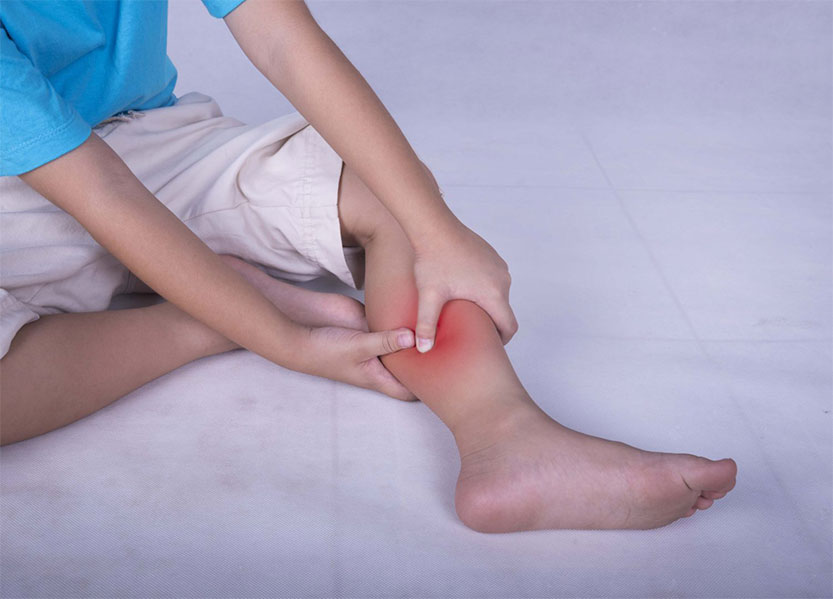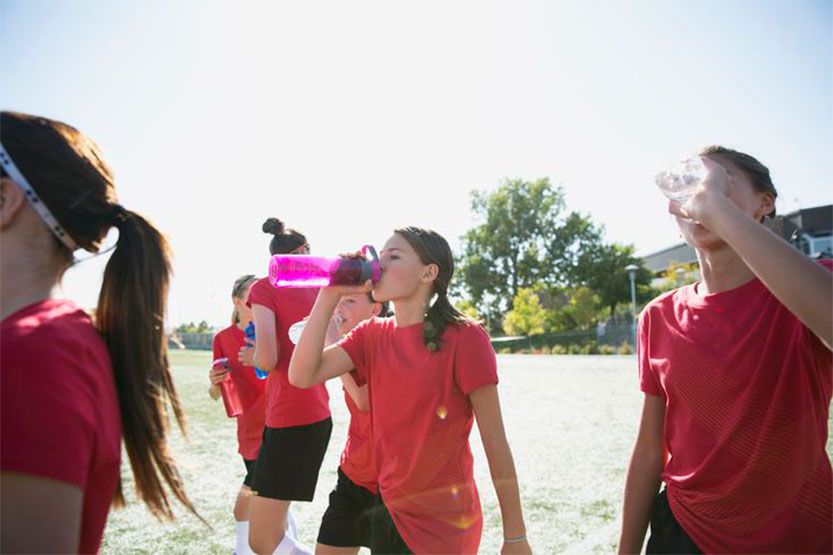During the ages of 3 to 12 years old, children go through a growth spurt period. Along with this transition may be discomforting symptoms, such as aches and pains. For instance, a child might complain of having achy legs. When the child experiences it but doesn’t have a fever, then he/she might be going through growing pains.

And what are growing pains, you might ask? Growing pains are muscle aches experienced by children in their legs, typically late in the day and at night. Growing pains is not a disease nor is there evidence that bone growth could cause such a discomfort. But when children stop growing, or when the teenage years arrive, growing pains tend to stop.
One third of all children are said to suffer from this condition. Often, the pain occurs in the muscles behind the knee, the calf muscles and in the front of the thigh. Both legs are more apt to be beset by this symptom. Some physicians believe that this phenomenon happens because children are generally active during the day.
There is a strong impact to the musculoskeletal system because of this over-activity. Children tend to overuse their muscles during the daytime, and so the symptoms of growing pains have the tendency to strike at night. In some cases, the aching starts before bedtime. For other children, aches may not be there prior to sleeping, but later in the night they could be awakened by the discomfort.
By morning, however, aches and pains are likely to go away. How is it to relieve growing pains? Daily exercises and stretching as well as massages could help. Allow your child to push his/her muscle by pushing the foot and toe as far as they can go. While doing so, massage your child’s calf and then the muscles in the upper thigh.
Another helpful measure would be to apply a moist heating pad. Doing this few times in a day would help with the relief. Make it a point that you child continues the exercises even when the pain subsides. This will keep the muscles relaxed. As for nutrition, make sure that your child gets enough iron, calcium and potassium.

Drinking plenty of fluids is essential as well. These would prevent cramping which often goes with growing pains. A glass of tonic water or quinine would also help, as suggested by some physicians. Evidences are yet to be established regarding this, but giving tonic water to your child before bedtime wont hurt.
Other than home remedies, conventional medications could give relief. For instance, ibuprofen, such as Motrin, Advil, or others. So is acetaminophen such as Tylenol. As for aspirin, it is inadvisable to give it to children. If your child’s symptoms cause you to be concerned, consult the doctor. That way, a thorough evaluation, and diagnosis can be made, and suitable treatments applied.
And if the condition becomes alarming and is accompanied by other symptoms, your child would be in the hands of a qualified professional. Otherwise, growing pains will disappear in due time when your child has overcome the growth spurt period.

